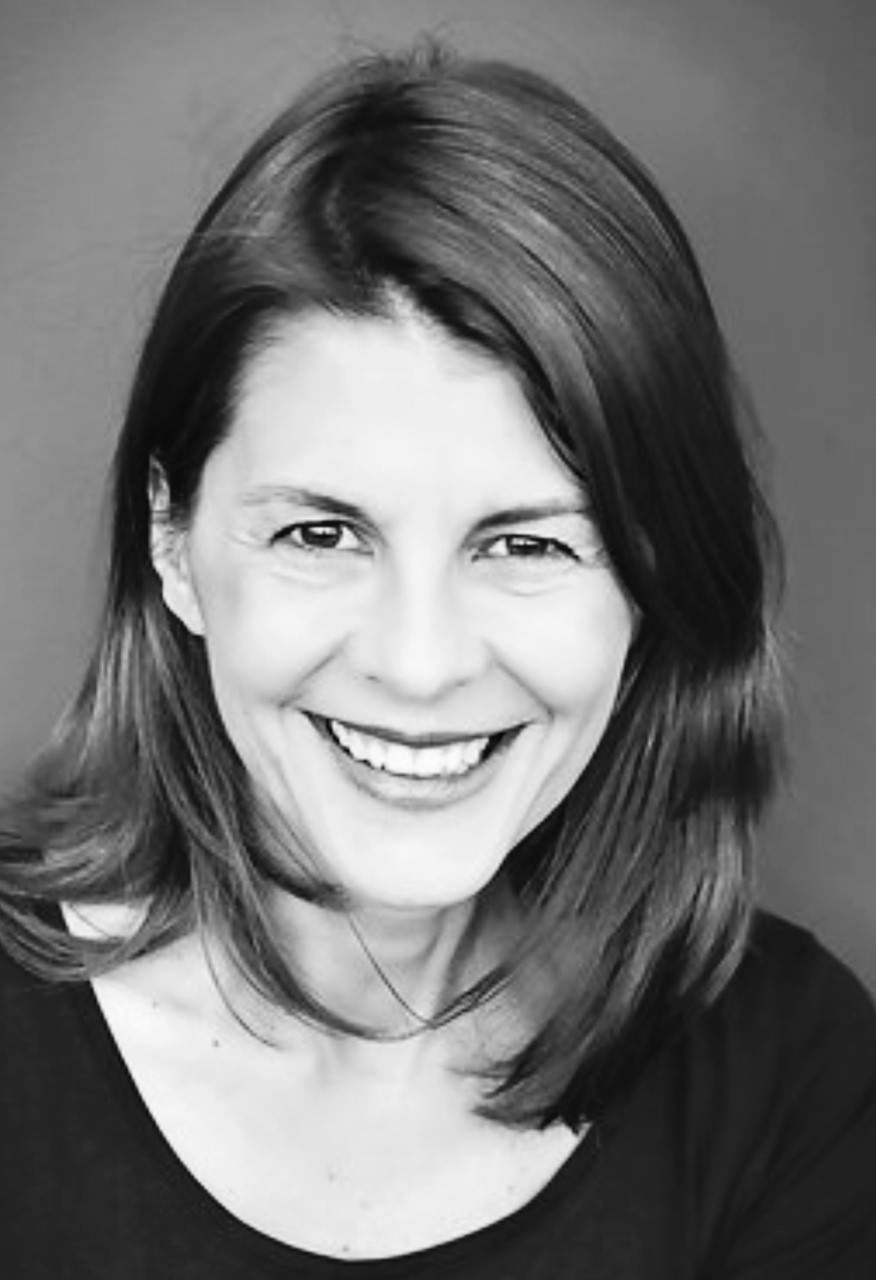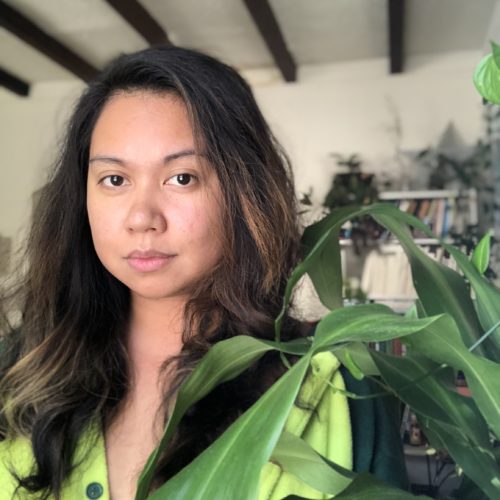N-95 masks have been swinging from rearview mirrors, there’s been a hand sanitizer-drought, and we’ve even gone to war in grocery store aisles over toilet paper. Everyone’s world stopped turning for a moment as Coronavirus took over. For many people, quarantine is synonymous with sitting on the couch or trying out bread making. Creatives in quarantine, however, have proven to utilize this time to reflect on works of the past and the comfortability needed to express oneself.
Carmen Mariscal, a visual artist with roots in Mexico City, Paris, London, Barcelona, and New Orleans, had an installation just outside of the Louvre shut down as a result of COVID-19. This installation was a house adorned with padlocks, to speak on the confinement of being in a “domestic trap.” While on view, a platform was created for proceeds to be directed towards French and Mexican shelters which help women and children escaping from violent households. As a result of the pandemic, the showcase was unseen by the possible 800,000 tourists who typically travel to Paris around Easter.

Carmen Mariscol. Photo by Regina Mountjoy.
Mariscal sees her “Chez Nous” with a very different perspective nowadays, one with knowledge of isolation and quarantine. Although “Chez Nous” still stands in the Parisian square, Mariscal herself has relocated to New Orleans.
To Mariscal, New Orleans is “the city in the United States with the most creativity. It just gives me such energy.” For an artist whose portfolio reflects the identity of being a woman and the sensation of confinement in relationships, safety must be a value of Mariscal’s. In order to create a piece like “Chez Nous,” drawing to attention the thin line between “refuge and imprisonment,” one must have knowledge of life outside of imprisonment in order to realize the juxtaposition to begin with. Many New Orleanian creatives share a similar experience with Mariscal, of coming to this city for inspiration and finding the freedom to create in a community free of judgment.

Poet and software engineer Jerika Marchan. (Photo courtesy of Jerika Marchan)
One creative in particular, Jerika Marchan, a poet and software engineer, finds solace in New Orleans. Marchan’s first published book, “SWOLE,” tells stories of Katrina and the aftermath of the destruction. To Marchan, creating art is an exercise in which she is able to move from being simply “a creature striving for survival” nearer to a future where she “can persist in the belief that beauty exists.” Marchan’s “SWOLE” revisits a physical and emotional catastrophic period of time, in order to do so as eloquently as she does, a safe space is needed.
Marchan and Mariscal alike create pieces that speak to the sensations of living with pain, moving through it, and transforming that emotion into an experience for others to recognize. In the wake of COVID, Marchan describes how creativity becomes impeded as “[t]he body is threatened, the community is threatened. That will wind its way into the work one day.” For many quarantined creatives, Coronavirus has been economically draining and emotionally frustrating.
 NOLAbeings
Multimedia artist Claire Bangser created NOLAbeings as a portrait-based story project that marries...
NOLAbeings
Multimedia artist Claire Bangser created NOLAbeings as a portrait-based story project that marries...
 Data corner: Adobe Suite (create a PDF, social media graphic, presentation, edit a photo and video
Data corner is where you go to work with analytics and top tech skills. It takes on everything from PERL and SQL to Canva and Sprout Social.
Data corner: Adobe Suite (create a PDF, social media graphic, presentation, edit a photo and video
Data corner is where you go to work with analytics and top tech skills. It takes on everything from PERL and SQL to Canva and Sprout Social.
